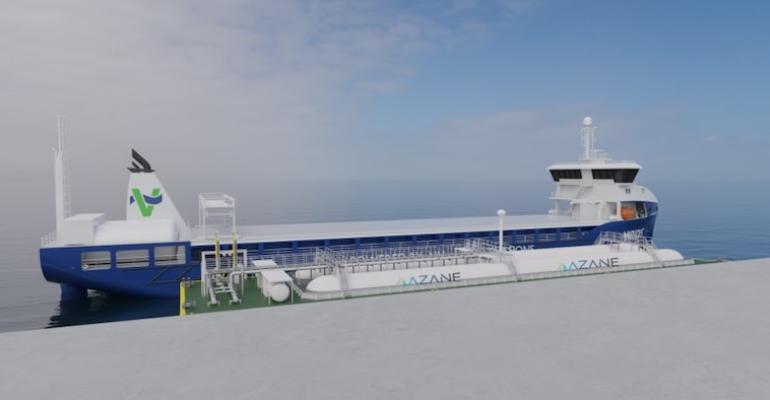New fuel types such ammonia and hydrogen come significant safety risks so ensuring safety on early-stage projects will be paramount.
Giving a presentation on alternative fuels last week in Singapore, Simon Hindley, Managing Director of Solis Marine Engineering, stated, “Obviously with ammonia and hydrogen as new fuels make sure it’s done safely in terms of the classification side, the regulatory side. If these are first projects at sea, then they are demonstrators as well and the whole industry is looking, and safety has got be key,”
If there is an incident during one of these early stage projects he said it would “ruin the whole opportunity” for using that particular fuel type.
A growing number in shipping have expressed safety concerns when it comes to the use of ammonia as fuel given its high level of toxicity, while hydrogen also comes multiple challenges.
Ammonia is seen a potential carrier of renewable energy for shipment between countries. Speaking to Geir Fuglerud, Director of Offshore Classifications – Maritime for DNV, said that some FPSO players were starting to look at the possibilities of operating ammonia or hydrogen producing FPSO’s as the market for traditional oil and gas floating production units starts to dry up in 10 – 15 years time as a result of the shift to renewables.
“They're all looking into how can they utilise their knowledge, their experience from these floating production system into new areas,” he told Seatrade Maritime News.
As with ammonia-fuelled vessels safety will be key with these earlier projects.
“I think the industry going into this as a huge responsibility in terms of making sure that these projects are safe. We as a class need to make sure that all the rules and standards are in place and that the whole technical safety framework is solid,”Fuglerud said.
“But ammonia producing FPSO also has not been done before, so, we need to look at it very rigidly for these first few projects.”
Recently DNV gave Approval in Principle (AiP) for P2XFloater concept, developed by Norway-based H2 Carrier, which would involve the conversion of a Very Large Gas Carrier (VLGC) into an FPSO producing liquid ammonia from electricity from a wind farm or another renewable source.
Copyright © 2024. All rights reserved. Seatrade, a trading name of Informa Markets (UK) Limited.
Add Seatrade Maritime News to your Google News feed.  |

